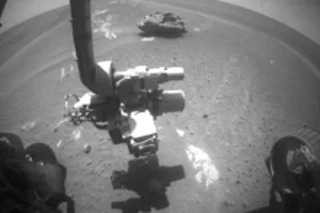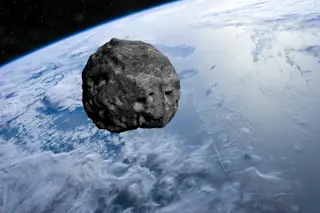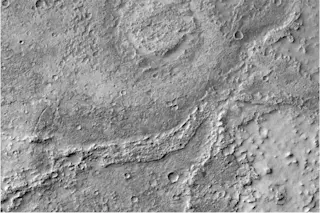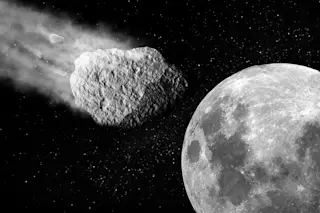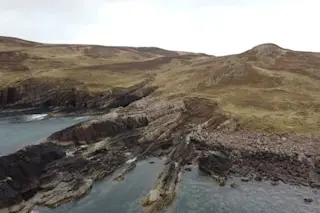The Mars rover Opportunity, an interloper on the Martian soil, has discovered another piece of metal that isn't native to the planet: a boulder-sized iron meteorite that spun out of the sky and crashed into the planet sometime in the distant past. While the rock isn't the first iron meteorite spotted on Mars (the two Mars rovers' previous discoveries make this the fourth), it is the largest, measuring about 2 feet wide and 1 foot high. Researchers hope that studying the mega-meteorite will provide clues to the atmosphere and landscape that it encountered when it arrived on Mars. Opportunity spotted the out-of-place object on July 18 and snapped a picture of it, but the rover was on its way towards a distant crater and didn't stop. When NASA scientists saw the photographs, however, they ordered the rover to reverse course and head for the rock.
"When you're driving around on ...


